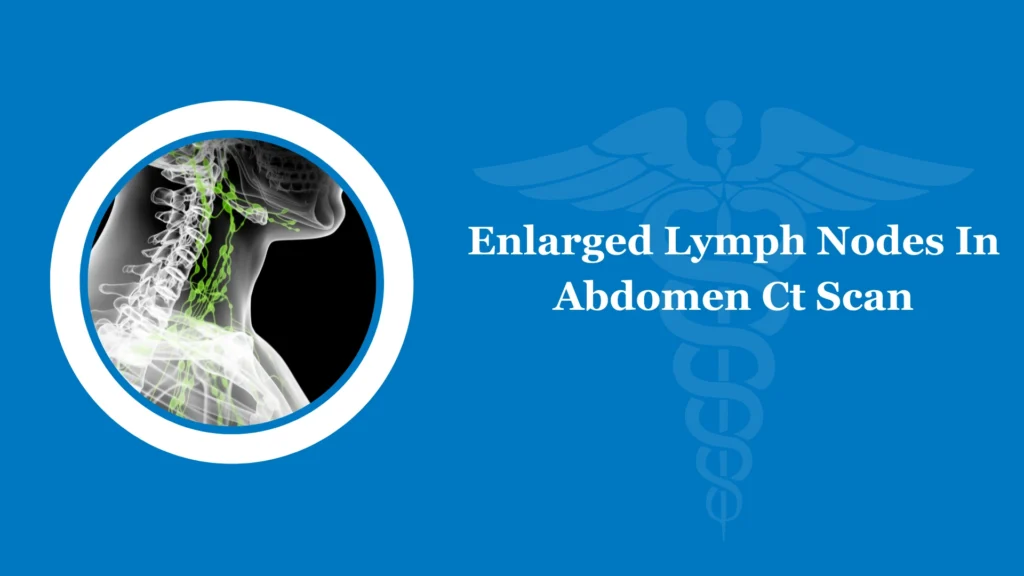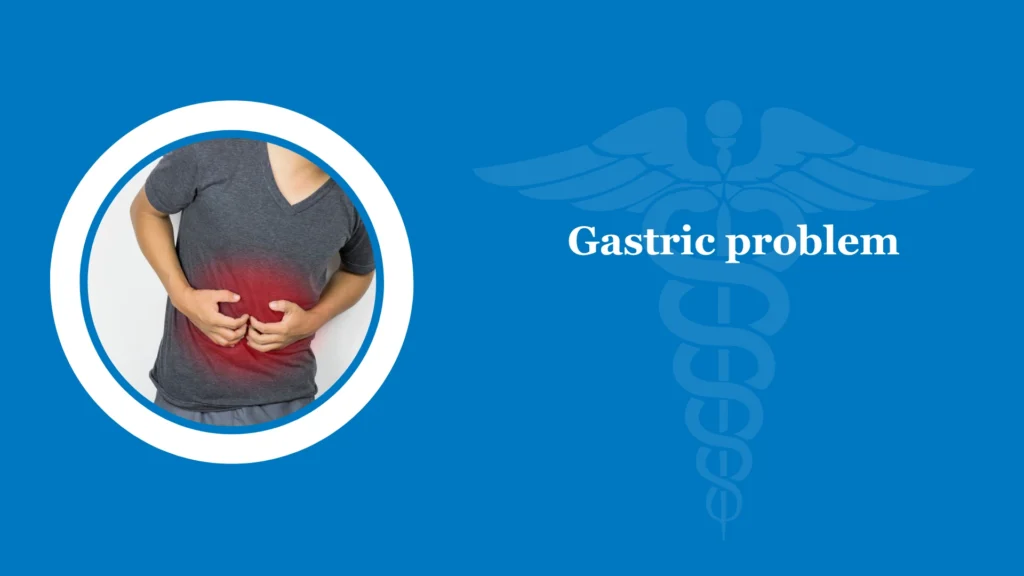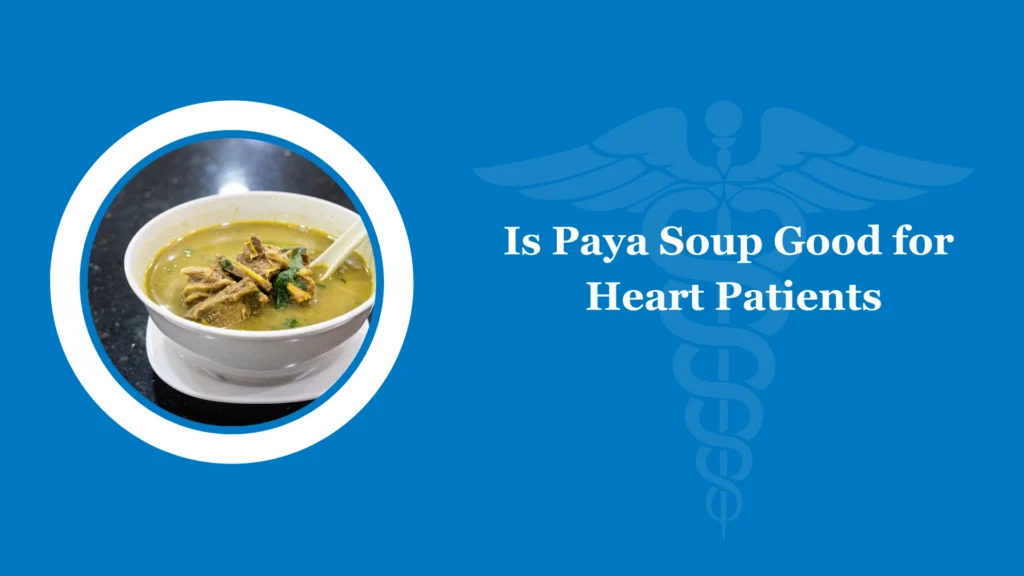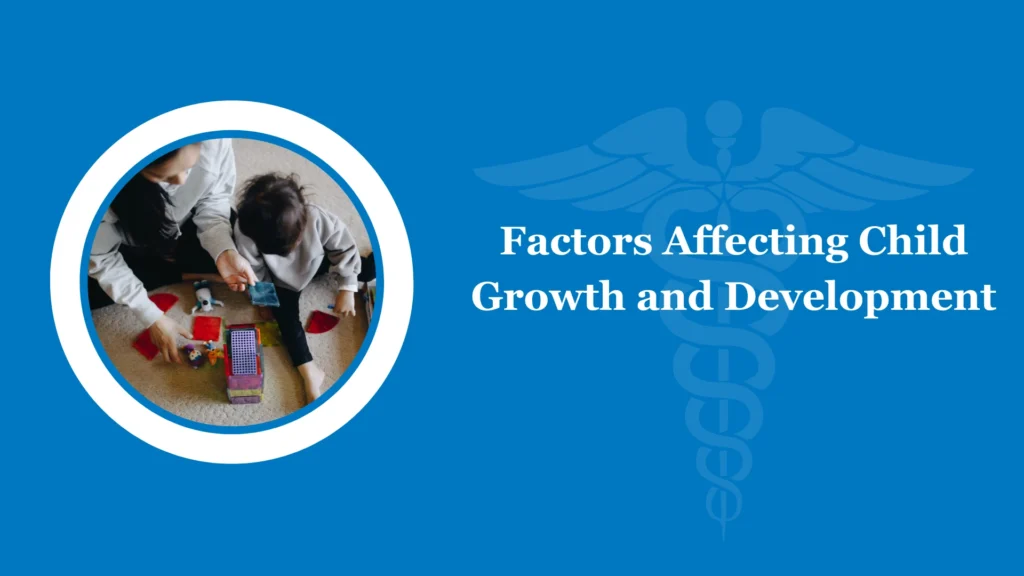Intercourse in assisted reproduction, fresh and frozen embryo transfers are the positional apposite strategies within IVF (in vitro fertilization), and accordingly, each has the benefit over the approach and elements that should be observed.
Although the key goal for both techniques is to offer successful pregnancies, the difference in timing, processing and associated yields deserve close examination which the men and women going through fertility treatments have to make. Let’s check out the details through the blog.
The difference between frozen and fresh embryo transfers
- Fresh Embryo Transfer:
Timing: An embryo that is fresh is usually implanted on days 3 or 5 after the egg retrieval procedure has been conducted successfully.
Process: It will be just another few days for the embryo to be transplanted in the uterus immediately following retrieval.
Advantages:
Prompt disposal after fish harvesting and early pregnancy which can be due to conception immediately.
Suitable for patients who prefer immediate transfer(directly to the PH).
Disadvantages:
Very short time interval for embryos genetic tests. To ensure a successful outcome, knowledge of relevant psychological theories, proper test administration procedures, and ethical considerations are crucial.
During cases with ovulation induction therapies, hormonal interference can interfere with implantation itself.
- Frozen Embryo Transfer (FET):
Timing: A later transfer, which can occur after many weeks or months or even years of embryo storage, may be referred to as frozen embryo transfer.
Process: Following the retrieval of eggs, they are preserved by freezing, and the pregnancy process can be started afterwards.
Advantages:
Gives time for recovery according to the treatment scheme. This includes stimulation of the ovaries.
Embryos can be screened for healthy state and the presence of genetic abnormalities.
Disadvantages:
Unto itself, a fact that not every embryo’s a good survival probability, however, technology has advanced and this awfully is less likely than before.
Forcing patients to endure longer waiting periods and less certainty regarding the diagnosis.
Success rates for fresh and frozen embryo of transfers
Fresh Embryo Transfer:
Birth rates after a fresh embryo transfer (LBR) in accordance to a maternal age of patients is a varying phenomenon. For example, according to SART, the reproduction rate by Society for Assisted Reproductive Technology (SART), was 36.7% for women under aged 35, 26.6% for women between 35-37, 15.6% for women between 38-40 and 9.3% was for women aged 41.
Frozen Embryo Transfer:
Frozen transfers result in the higher rates of the success compared to the fresh ones for women in some particular age groups. SART previously reported LBRs of frozen eggs for the women under 35 years old as 46.5%, for the women aged 35-3738.6%, and 29.4% for women aged 38-40 and 25.9% for women 41 and older.
Research Findings:
An article published in the Fertility and Sterility journal reported that patients above the average agreed that the frozen embryo cycles Frozen embryo cycle had a LBR of 52 % as compared to those of 48.9 % in the fresh embryo cycle.
Age Considerations:
Women of 37 ages and above in a frozen embryo transfer cycle versus fresh recipients have shown better pregnancies, emphasizing the age-related differences on success rate.
Advantages of fresh vs frozen embryo transfer
- Fresh Embryo Transfer:
Immediate Implantation: This example of a fresh embryo transfer provides an immediate implantation of the fertilized embryo into the uterus no later than 3 days post-collection.
Quick Conception: An advantage of fresh transfers is their ability to give rise to matings that might happen almost immediately after IVF provided IVF works.
Suitable for Immediate Conception: A perfect plan for people who aren’t willing to postpone conception in favor of other ambitions.
- Frozen Embryo Transfer (FET):
Flexibility: Frozen embryo transfers afford the luxuriousness of tenability of timing, as embryos can implanted in weeks, months, or even years after retrieval and fertilization.
Genetic Testing: It is possible to do in-vitro embryo testing to prevent the embryos that are not viable and likewise those that are with genetic abnormalities from being implanted.
Healthier Embryo Implantation: Under the circumstances, the frozen embryo could carry a risk of embryo being malformed with the implantation of a healthier embryo. Thus it can lead to a better condition for a pregnancy.
Fertility Preservation: Others who decid for frozen trnfers as a way to safekeep their fertility.
Disadvantages of fresh vs frozen embryo transfer
- Fresh Embryo Transfer:
Hormonal Interference: An abnormal ovarian hormonal response to the stimulation of follicles (to transfer fresh embryos) may affect implantation rates by altering the responsiveness of the endometrium to embryo implantation.
Less Receptive Uterine Environment: Researchers observed that the elevated levels of estrogen performed during an embryo transfer at the beginning stage may interfere with the ability of the uterine lining to accept the embryo fracturing the embryo implantation chance.
Immediate Implantation Risks: Likewise immediate implantation directly following ovarian stimulation can be confusing for the uterus that then is under more pressure to create optimum conditions for the growing embryo to attach and go through the implantation successfully.
- Frozen Embryo Transfer (FET):
Embryo Survival Risk: Considering the range of possible issues associated with cryostorage of embryos, the most prominent one is the lack of awareness that freezing-thawing procedure could affect embryo’s chances of survival, despite tremendous techniques’ improvement.
Delayed Conception: During frozen embryo transfers, select periods of waiting, 6-8 weeks after the embryo is frozen, which leads to a delay in conception compared to fresh transfers.
Cost Considerations: Certain insurance companies might now cover the cryopreservation chops, hence, frozen embryo transfer might be termed costlier for patients who have to store the embryos for future use.
Conclusion:
Through acknowledging the particularities when opting for an embryo transfer that is fresh or frozen, couples are provided with the chance to start their journey toward parenthood with clear mindsets, confidence and the knowledge that all their choices are well thought of, which undoubtedly facilitate the attainment of their goals.
FAQs
1. Is a fresh embryo transfer better than frozen?
The decision is to make fresh or frozen embryo transfer depends on each specifics of case. On the one hand, fresh embryos transfer is ideal for certain patients due to immediate implantation advantage compared to its counterpart, which is suitable to patients who need to postpone for health reasons. On the other hand, defrozen transfers offer flexibility and allow genetic testing. Moreover, sometimes they could be useful for fertility preservation process. Both methods have their co-benefits and codisadvantages.
Do frozen embryos take longer to implant than fresh?
The time spent on the implantation of cryopreserved embryos and fresh embryos is not noticeable. Frozen embryo transfer has been documented as yielding better results compared to fresh transfer pregnancies according to some studies. The advantages include higher implantation ratios, increased ongoing pregnancies and lowered risks of preterm delivery.
There are studies which showed having live birth rates between 36.7% for women younger than 35, to 9.3% for women aged 41 and more early on embryo transfers. Percentage success can also vary based on the health of the embryos and the started gestation.
How successful is IVF with fresh transfer?
There are studies which showed having live birth rates between 36.7% for women younger than 35, to 9.3% for women aged 41 and more early on embryo transfers. Percentage success can also vary based on the health of the embryos and the started gestation.





















